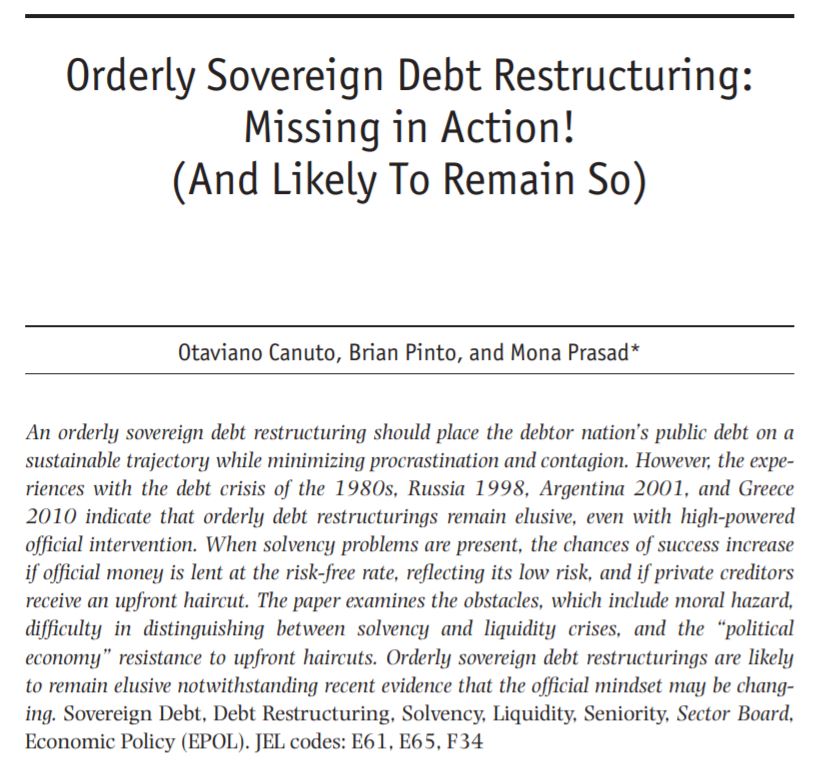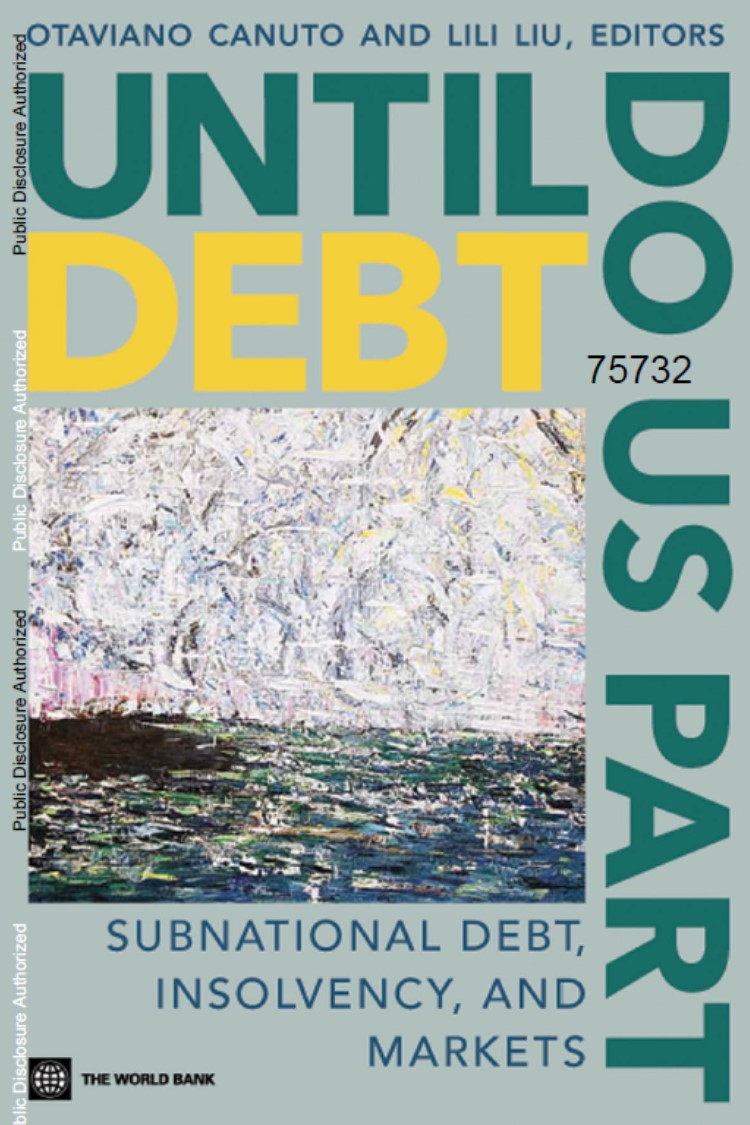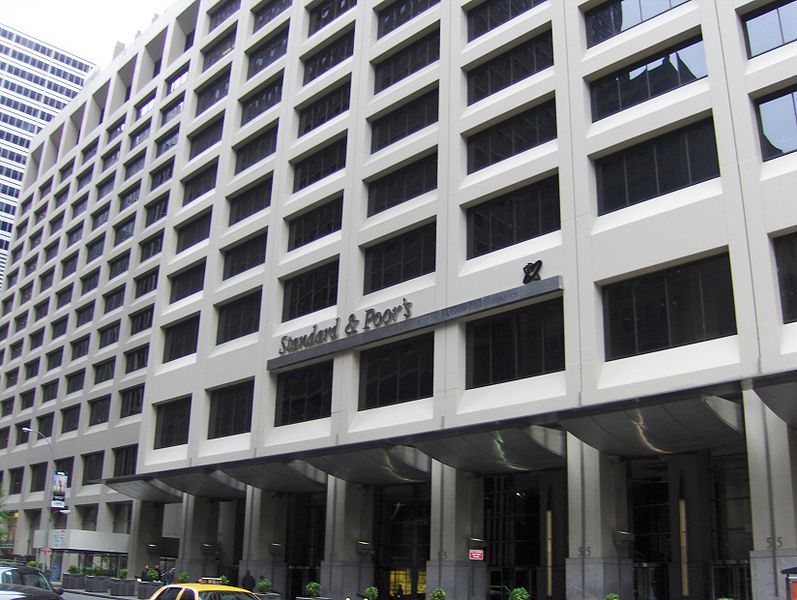Addressing Africa’s Persistent Debt Problem
Due to the stagnation of official development aid following the global financial crisis, and the challenges faced by African countries in mobilising domestic resources to finance their massive needs for infrastructure and socio-economic development, a re-accumulation of debt in the region began in 2011. To effectively tackle the massive challenges, it is imperative to contemplate a reconfiguration and expansion of existing debt relief programmes. Rather than viewing debt-related difficulties solely as matters of short-term liquidity, it is essential to acknowledge the underlying solvency problems that necessitate long-term remedies. A well-established sovereign bond market will enable African countries to mobilise extra financial resources for their increasing social and economic needs. The current context, marked by tightening financial conditions, especially for developing countries, has shown how favourable it would be to leverage a domestic and deep local-currency sovereign debt market. Unless Africa adopts an ambitious tax policy, enabling authorities to raise the due amount of tax, the funding issue will remain unresolved.












